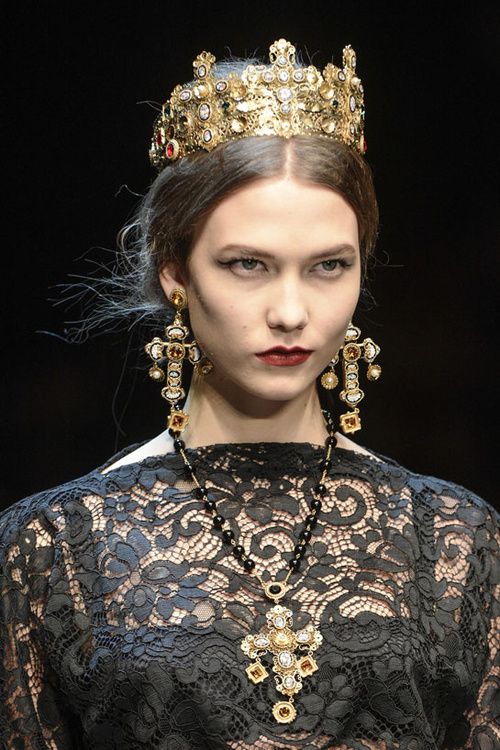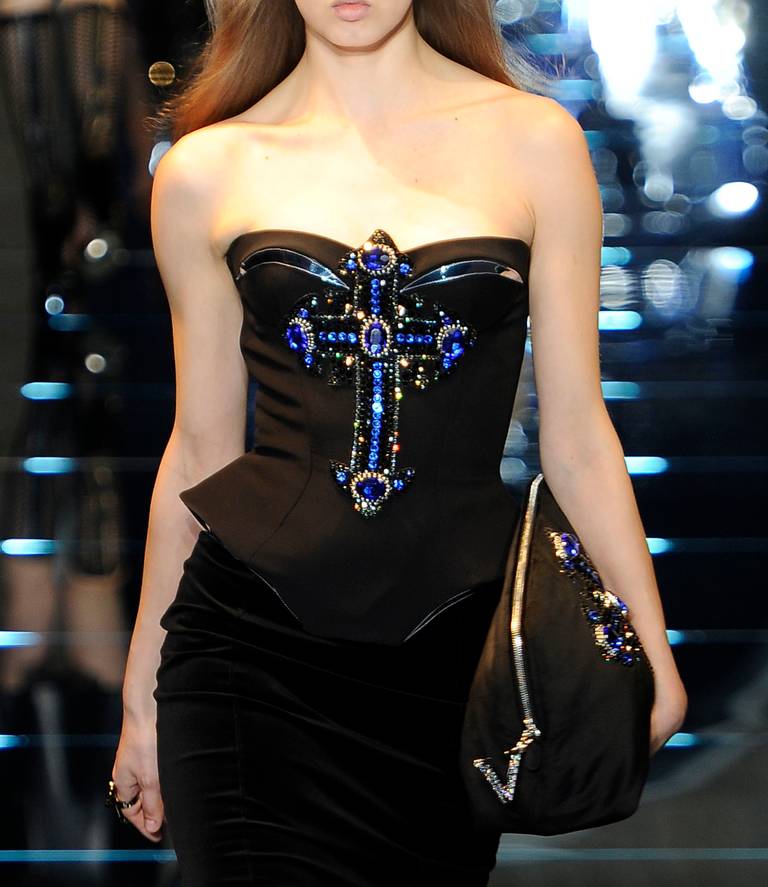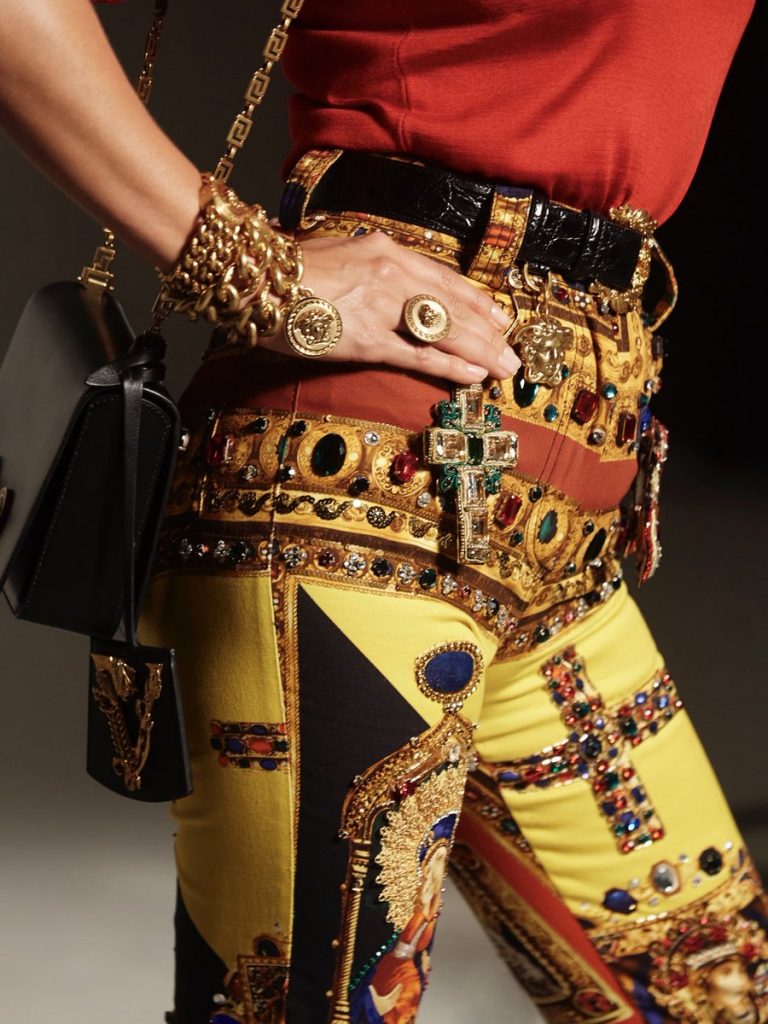Are Luxury and Religion Really That Different?
At first glance, luxury and the church seem like two completely different worlds. One represents wealth, modernity, and indulgence, while the other is often seen as traditional and conservative.
However, both luxury marketing and church propaganda share a surprising number of similarities. Both rely on strong imagery, emotional storytelling, and exclusivity to connect with their audiences.

Luxury Inside the Church: More Than Just a Symbol
If you’ve ever stepped into a grand cathedral, you’ve probably noticed the luxurious elements present—from golden chalices and intricate vestments to elaborate architecture.
These high-end materials and craftsmanship mirror luxury branding, reinforcing the idea that exclusivity, devotion, and prestige are key elements in both worlds.
The Power of Storytelling in Luxury and Religion
Both luxury brands and religious institutions use storytelling as a core strategy:
In the Church: Biblical stories bring faith to life, helping people form a deep emotional connection with religious beliefs.
In Luxury: Brands craft aspirational narratives that consumers relate to, inspiring desire, exclusivity, and status.
Example: Many high-end brands incorporate legacy and craftsmanship into their marketing, similar to how religions emphasize tradition and heritage.
Key takeaway: The stronger the story, the greater the emotional attachment—whether it’s to a faith or a luxury brand.
Religious Symbols in Luxury Fashion
For years, luxury brands have drawn inspiration from religious imagery, particularly the cross and Christian iconography.
Luxury brands that use religious symbols:
- Versace – Integrates Baroque and Catholic elements in its prints.
- Gucci – Features embroidered crosses and biblical references.
- Dolce & Gabbana – Celebrates its Italian Catholic heritage through Virgin Mary motifs and crucifixes.
Why is religious imagery so popular in luxury fashion?
Timeless appeal – Religious symbols are instantly recognizable and carry deep meaning.
Spirituality & faith – They evoke strong emotions and devotion.
Exclusivity & tradition – Both luxury and religion thrive on status and timelessness.

Dolce & Gabbana: Blending Faith and Fashion
Few brands embrace religion in luxury as boldly as Dolce & Gabbana.
Deep Catholic Influence – Inspired by Italian traditions, their collections frequently feature crucifixes, rosaries, and biblical motifs.
Luxury Spirituality – Their designs evoke awe, admiration, and a sense of timeless devotion, similar to the church experience.
Cultural Identity – By honoring its Italian Catholic roots, D&G creates an emotional bond with its audience.

Gucci’s Subtle Use of Religious Imagery
Unlike Dolce & Gabbana’s bold religious designs, Gucci incorporates religious symbols in a more discreet and artistic way.
🔹 Subtle Embroidery – Crosses and spiritual motifs hidden in fine details.
🔹 Modern Spirituality – Balances faith-inspired design with contemporary fashion trends.
🔹 Mysticism & Exclusivity – Gucci blends religious aesthetics with mysticism and high fashion, creating an elite sense of belonging.
Luxury and the Church: The Aura of Exclusivity
At their core, both luxury and religion operate on the principle of exclusivity:
👑 Luxury requires wealth – Not everyone can afford a $10,000 handbag or a private shopping experience.
⛪ Religion requires devotion – True believers commit time, energy, and faith to be part of the inner circle.
Both luxury brands and religious institutions create awe and admiration, ensuring their followers feel part of something bigger.
Would you say luxury and religion share more similarities than we think? Let us know your thoughts!